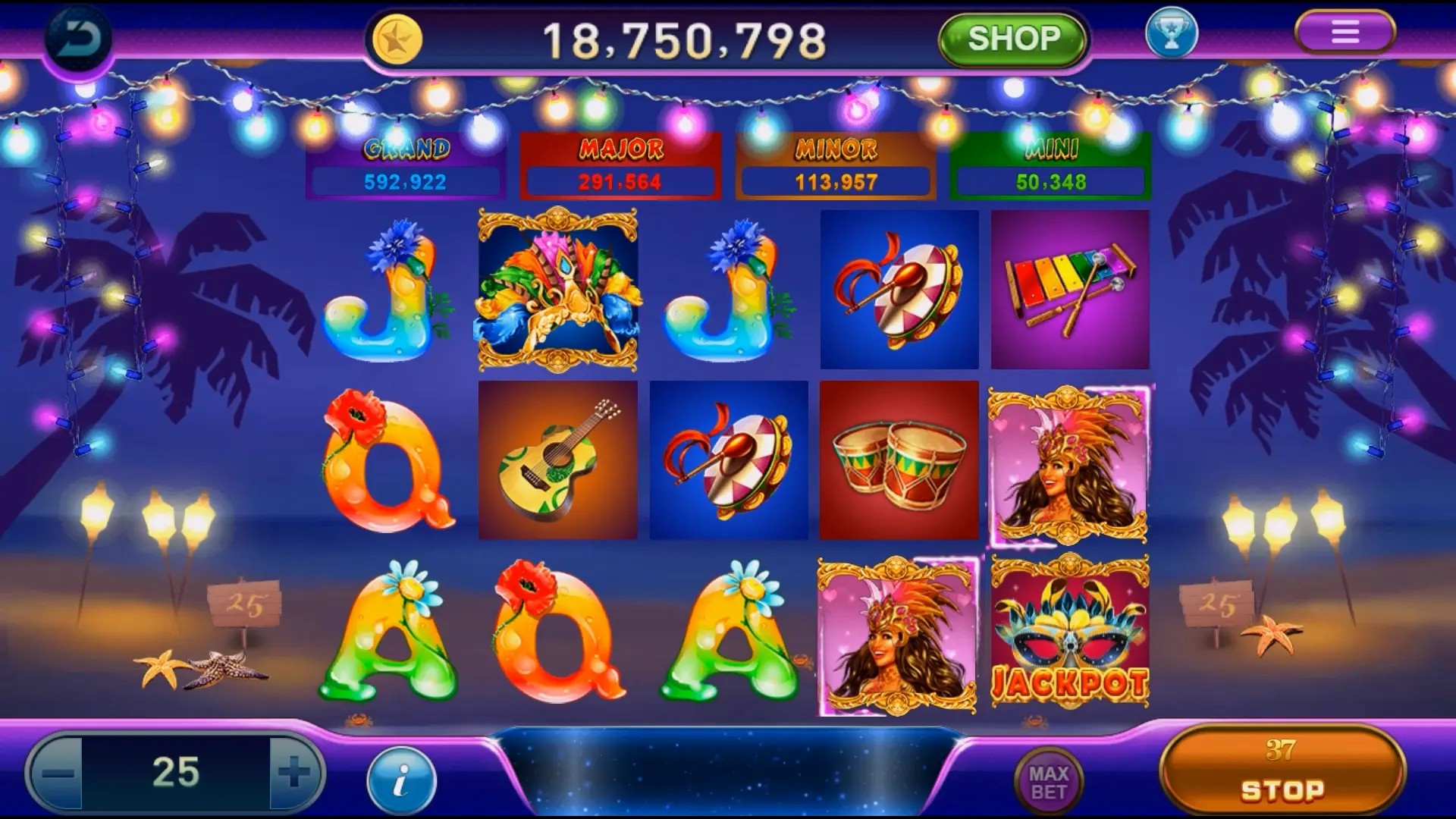Why Idle Games Are the New Frontier in Building Games: Strategies for Ultimate Success
In an ever-evolving gaming landscape, idle games have emerged as an intriguing and engaging segment, capturing the attention of both developers and gamers alike. These games have become not only a source of entertainment but also a unique platform for creativity and innovation, particularly in the realm of building games. So, what exactly makes idle games the new frontier? Let’s delve into the nuances, strategies, and potentials they hold.
The Appeal of Idle Games
Idle games, characterized by their effortless gameplay mechanics, allow players to progress without constant attention. This aspect attracts a diverse audience who may not have the time for more demanding titles. The simplicity yet addictive nature of these games fosters a relaxing gaming environment where players can build virtually without the stress of conventional gaming.
- Accessibility for casual gamers
- Potential for strategic planning
- Opportunity for passive income through in-game purchases
Why Idle Games Are Perfect for Building Mechanics
The core element of idle games lies in their building mechanics, inviting players to establish something from the ground up. The blend of construction and incremental progress creates an engaging loop. Players can watch their empires flourish while multitasking in their everyday lives, which is a compelling proposition. Interactive story games mobile further enhance this experience by intertwining engaging narratives with strategic gameplay.
| Feature | Idle Games | Traditional Building Games |
|---|---|---|
| Complexity | Low | High |
| Player Interaction | Minimal | High |
| Progression Style | Passive | Active |
Strategies For Designing Successful Idle Building Games
In the realm of idle building games, success hinges on several fundamental strategies. Understanding these can place developers ahead in a competitive market.
- Engaging Core Loop: Ensure that the game's core mechanics are not only entertaining but also rewarding. Players should feel a sense of progress with every action.
- Visual Appeal: Invest in stunning graphics that attract players. This is crucial since players often believe in the beauty of the game.
- Balanced Monetization: Incorporate in-app purchases wisely to ensure that they enhance rather than detract from gameplay.
- Rewards System: Create a robust rewards system that keeps players returning. Think daily bonuses, achievement rewards, and more.
When Idle Games Meet RPG Elements
The fusion of idle mechanics with RPG systems is a game changer. Integrating elements of what makes the best 2 player RPG games enjoyable—character progression, quests, and cooperative play—can provide depth to idle games. Players can build alongside their friends, creating a communal experience.
Case Studies: Successful Idle Building Games
Several idle games have redefined success in this genre. Their common thread? Innovative mechanics paired with user engagement strategies.
- AdVenture Capitalist: This title turned building into a business venture, allowing players to amass wealth and invest strategically.
- Realm Grinder: It combines a rich fantasy world with idle mechanics, allowing players to build their kingdoms while engaging in unique faction dynamics.
- Bake Everything: Players build a bakery empire, generating cookies and upgrades effortlessly, embodying the idle game spirit.
The Future of Idle Games
As technology continues to improve, the possibilities for idle games expand. With the rise of augmented and virtual reality, developers can create immersive experiences. The integration of AI can also personalize gameplay, adapting to player preferences and behavior.
Conclusion
Idle games represent a groundbreaking approach to traditional game design, especially within the building games sector. Their accessibility and unique mechanics allow them to stand out in a crowded market. By blending immersive narratives, strategic elements, and passive engagement, developers can capture the hearts of a wide array of gamers. Moving forward, exploring these strategies will undoubtedly shape the successful trajectory of idle games and redefine how players interact with digital worlds.


